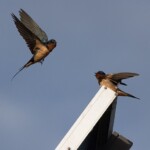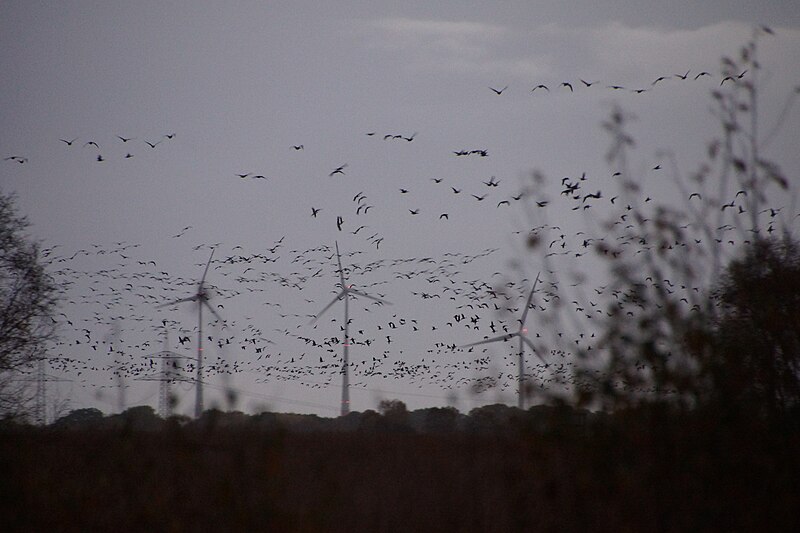#BOUasm24 – Resources
 Birds and net zero: mechanisms, impacts and solutions in the transition to clean energy
Birds and net zero: mechanisms, impacts and solutions in the transition to clean energy
24 October 2024
Attendee resources
PROGRAMME
ABSTRACT BOOKLET
KEYNOTE ABSTRACTS
GUIDE FOR ZOOM ATTENDEES AT BOUasm24
World clock (for Zoom attendees to check their local time)
Presenter resources
GUIDE FOR BOUasm24 X (TWITTER) PRESENTERS
BOU GUIDE TO X (TWITTER) CONFERENCES
Be colour blind aware
Code of conduct
Conference theme, aims and scope
Reaching the global target of net zero carbon emissions is essential to avoid catastrophic consequences of climate change on species and ecosystems. However, in achieving net zero, we must minimise the environmental impact of decarbonising the energy industry.
Renewable energy developments have the potential to impact birds in a number of ways, from the negative, for example through collisions with turbine blades, displacement from important habitat, and barriers to movement, or positive, for example through foraging or nesting habitat provision. However, there is considerable uncertainty in the population-level consequences on birds due to a lack of mechanistic understanding linking behavioural changes and demographic consequences.
The pressing need to sustainably meet our energy demands is driving the rapid implementation of new technological and analytical approaches, offering new research opportunities to better understand the ecological mechanisms of impact and their consequences at species- and ecosystem-levels, the interactions of multiple pressures, informing how we can best avoid, mitigate or compensate for negative effects.
This conference aims to showcase the latest research into the ecological impacts of, and the mechanisms behind, our transition to net zero on birds, explore novel analyses, methodologies and technology providing solutions to previously unanswered questions and connect researchers, policy-makers and industry stakeholders.
This conference will cover a range of topics, including:
- Area-based impacts: understanding collision risk, displacement and barrier effects;
- Indirect impacts: food webs, habitats and ecosystem function;
- Cumulative impacts and understanding uncertainty;
- Understanding population-level impacts and demographic consequences;
- Unlocking new evidence: novel approaches to meeting evidence gaps
- Finding effective solutions: mitigation and compensatory measures

Scientific Programme Committee
Aly McCluskie | Chair | RSPB, UK
Katherine Booth Jones | Scottish Government, UK & BOU Meetings Committee
Kate Searle | UK Centre for Ecology & Hydrology
Chris Thaxter | BTO, UK
Image credits
Top right: Barn Swallows | Don McCullough CC BY 2.0 Wikimedia Commons
Bottom: Birds and turbines | Rob Stoeltje CC BY 2.0 Wikimedia Commons


